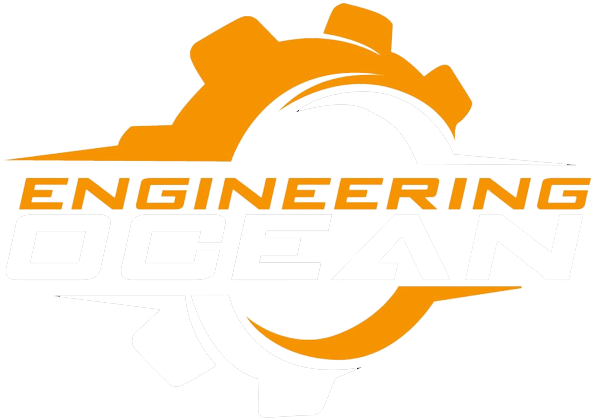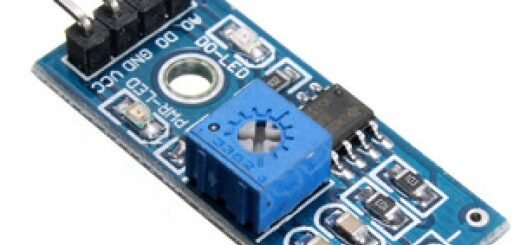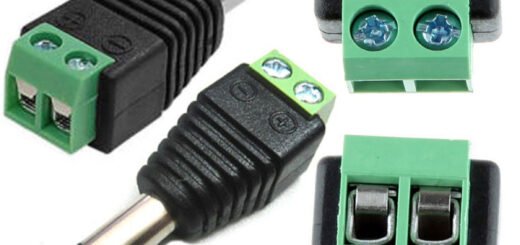120VAC 3PDT Plug In Non-Latching Relay
Introduction:
Relays are essential components in the electrical industry, used to control the flow of electricity and protect equipment. The 120VAC 3PDT Plug-In Non-Latching Relay is a type of relay that is used in a wide range of applications, including industrial automation, telecommunications, and control systems. This article will provide an in-depth understanding of the 120VAC 3PDT Plug-In Non-Latching Relay, including its design, functionality, and applications.
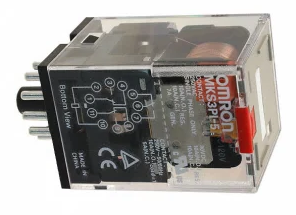
Design and Components:
The 120VAC 3PDT Plug-In Non-Latching Relay is a three-pole, double-throw (3PDT) relay that is designed to be plugged into a socket. The relay is made up of various components that work together to provide its functionality. These components include the coil, contacts, and terminals. The coil is the main component of the relay, and it is responsible for generating a magnetic field when electricity is applied to it. This magnetic field is what causes the contacts to change position, either opening or closing the circuit.
The contacts are the components that change position when the magnetic field is generated. They are responsible for controlling the flow of electricity and are classified into two types: Normally Open (NO) and Normally Closed (NC). The NO contacts are in the open position when there is no power supplied to the coil, and they close when the coil is energized. On the other hand, the NC contacts are in the closed position when there is no power supplied to the coil, and they open when the coil is energized. The terminals are the points where the electrical connections are made to the relay. They are usually numbered, with some relays having up to 11 terminals. The three most important terminals on the 120VAC 3PDT Plug-In Non-Latching Relay are the coil terminals, the common terminals, and the NO and NC terminals.
Functionality:
The 120VAC 3PDT Plug-In Non-Latching Relay is a non-latching relay, which means that it requires a continuous supply of power to remain in the energized state. When power is supplied to the coil, the magnetic field generated causes the contacts to change position. This change in position can either open or close the circuit.
The relay is designed to switch both AC and DC voltages and currents, making it suitable for a wide range of applications. Additionally, the relay has a high switching capacity, allowing it to control large amounts of power. The 120VAC rating of the relay indicates the voltage that the coil requires to be energized. This means that a voltage of 120VAC must be supplied to the coil for the relay to function correctly.
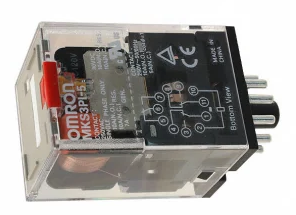
Applications:
The 120VAC 3PDT Plug-In Non-Latching Relay is used in various applications that require the switching of high power levels, including industrial automation, telecommunications, and control systems. Some of the specific applications of this relay include:
- Motor Control: The relay is used in controlling the operation of electric motors. It can be used to switch the motor on or off, reverse its direction, or regulate its speed.
- HVAC Systems: The relay is used in heating, ventilation, and air conditioning (HVAC) systems. It can be used to switch on and off the fan or compressor, regulate the temperature, and control the flow of air.
- Lighting Control: The relay is used in controlling the lighting systems in buildings. It can be used to switch the lights on or off, regulate the brightness, and control the color of the lights.
Safety Systems: The relay is used in various safety systems, including fire alarm systems, emergency lighting systems, and security systems. In fire alarm systems, the relay is used to trigger the alarm and alert people to evacuate the building. In emergency lighting systems, the relay is used to switch on the backup lighting in the event of a power failure. In security systems, the relay is used to trigger an alarm or activate a camera when an intruder is detected.
- Industrial Control Systems: The relay is used in various industrial control systems, including conveyor systems, pumps, and automated machinery. It can be used to switch on and off the machines, control their speed and direction, and regulate the flow of materials.
Advantages:
The 120VAC 3PDT Plug-In Non-Latching Relay has several advantages over other types of relays. These advantages include:
- High Switching Capacity: The relay has a high switching capacity, allowing it to control large amounts of power.
- Durability: The relay is designed to be durable and can withstand harsh environments, making it suitable for use in industrial applications.
- Easy to Install: The relay is designed to be plug-and-play, making it easy to install and replace.
- Versatility: The relay can switch both AC and DC voltages and currents, making it suitable for a wide range of applications.
- Cost-Effective: The relay is cost-effective and can save money on installation and maintenance costs.
Conclusion:
The 120VAC 3PDT Plug-In Non-Latching Relay is an essential component in the electrical industry, used to control the flow of electricity and protect equipment. It is a durable, cost-effective, and versatile relay that can switch both AC and DC voltages and currents. Its high switching capacity makes it suitable for a wide range of applications, including industrial automation, telecommunications, and control systems. The relay is easy to install and replace, making it an ideal choice for many industries. Overall, understanding the 120VAC 3PDT Plug-In Non-Latching Relay is essential for anyone working in the electrical industry.
